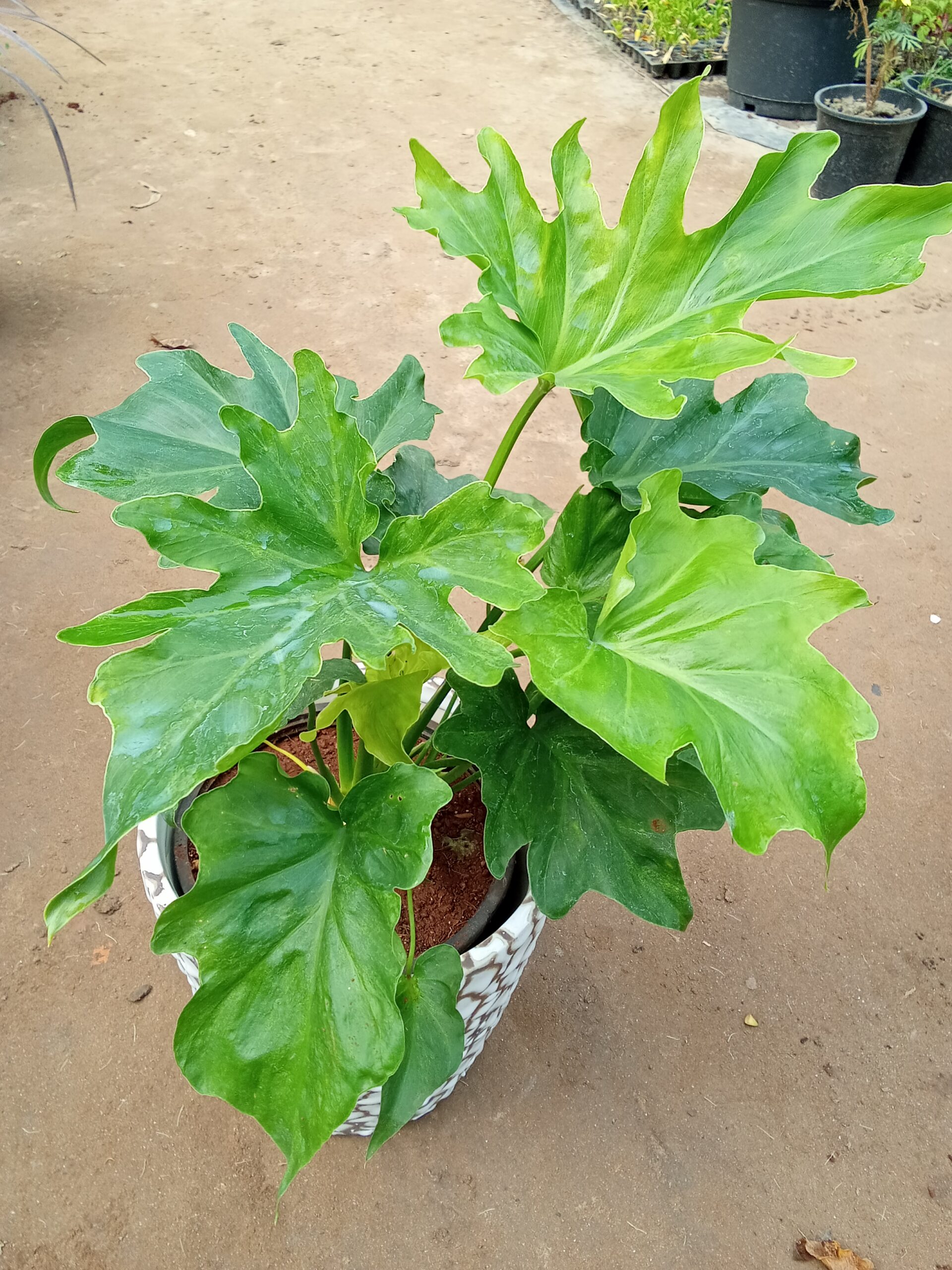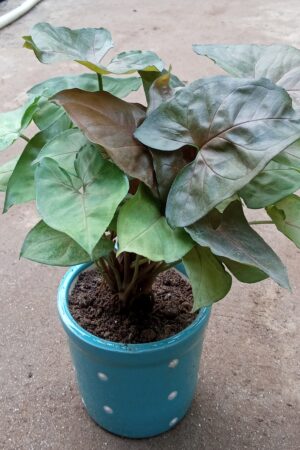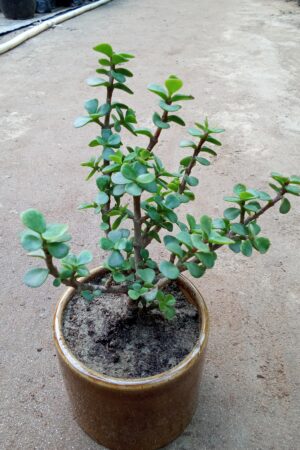Plant Description
- Leaves: Philodendrons are known for their attractive and often large, glossy leaves. The leaf shape and size can vary depending on the specific variety. Some have heart-shaped leaves, while others have more elongated or split leaves.
- Size: The size of a Philodendron can vary significantly based on the variety. Some stay compact, while others can grow quite large, either as floor plants or as trailing vines.
- Growth Habit: Philodendrons typically have a trailing or climbing growth habit. They are well-suited for hanging baskets or can be trained to grow upward on a moss pole or trellis.
Fertilizer
- Frequency: Apply the liquid fertilizer every 4-6 weeks, diluted to half or quarter strength as recommended on the product label. Diluting the fertilizer helps prevent over-fertilization, which can harm the plant.
- Fertilizer Type: Use a balanced, water-soluble, or liquid houseplant fertilizer with a formulation like 10-10-10 or similar. This balanced fertilizer provides essential nutrients for overall plant health.
- Application: Water your Philodendron thoroughly before applying the fertilizer to prevent the roots from absorbing too many nutrients too quickly and apply the diluted fertilizer to the soil around the base of the plant, avoiding contact with the foliage.
Accessories
- Pot or Container: Choose a decorative pot or container that complements your interior decor while providing proper drainage for the plant.
- Potting Mix: Use a well-draining potting mix suitable for aroid plants. A mix with good aeration and moisture retention is ideal.
- Hanging Basket or Support: If you’re growing a trailing Philodendron, consider a hanging basket. For climbing varieties, use a moss pole or trellis for support.
- Humidity Tray: A humidity tray with water and pebbles can help maintain higher humidity levels around the plant, which many Philodendron varieties appreciate.





Reviews
There are no reviews yet.